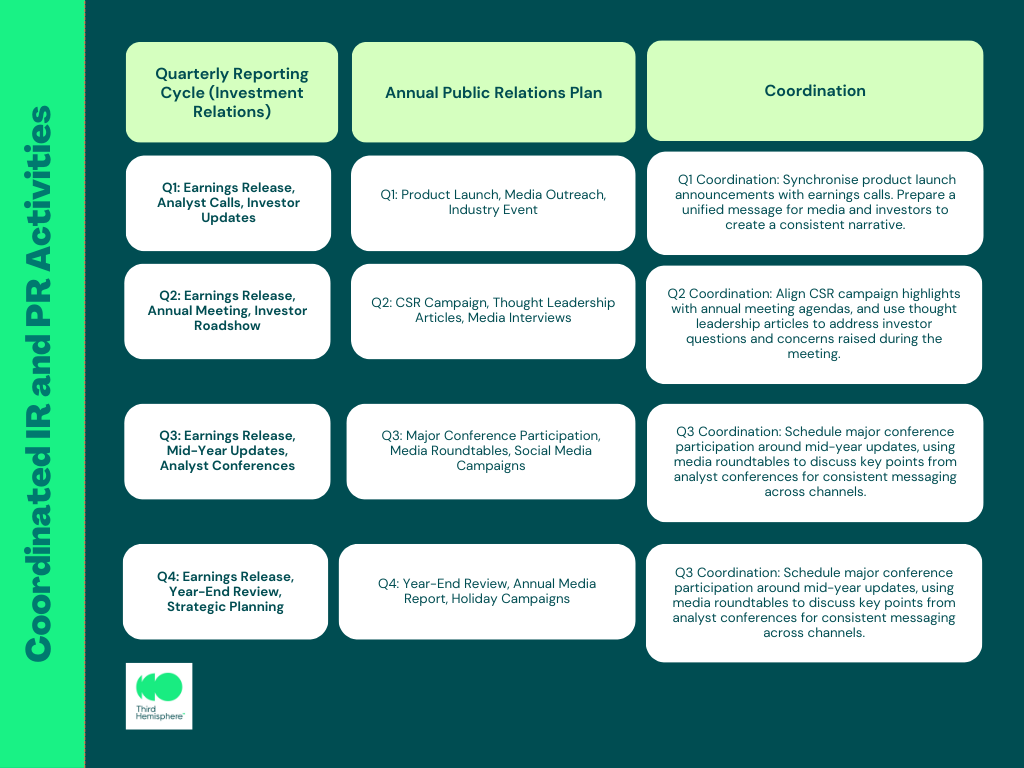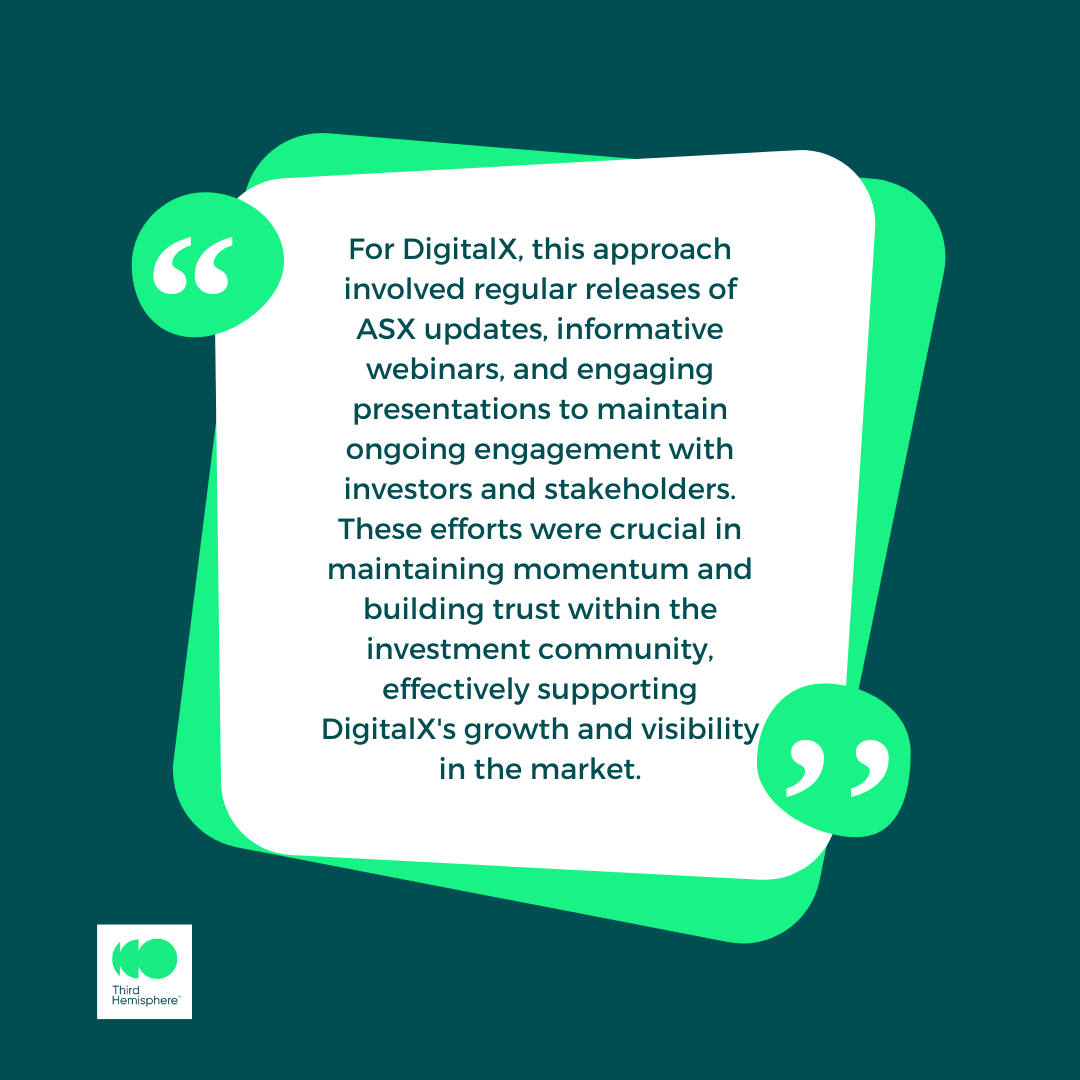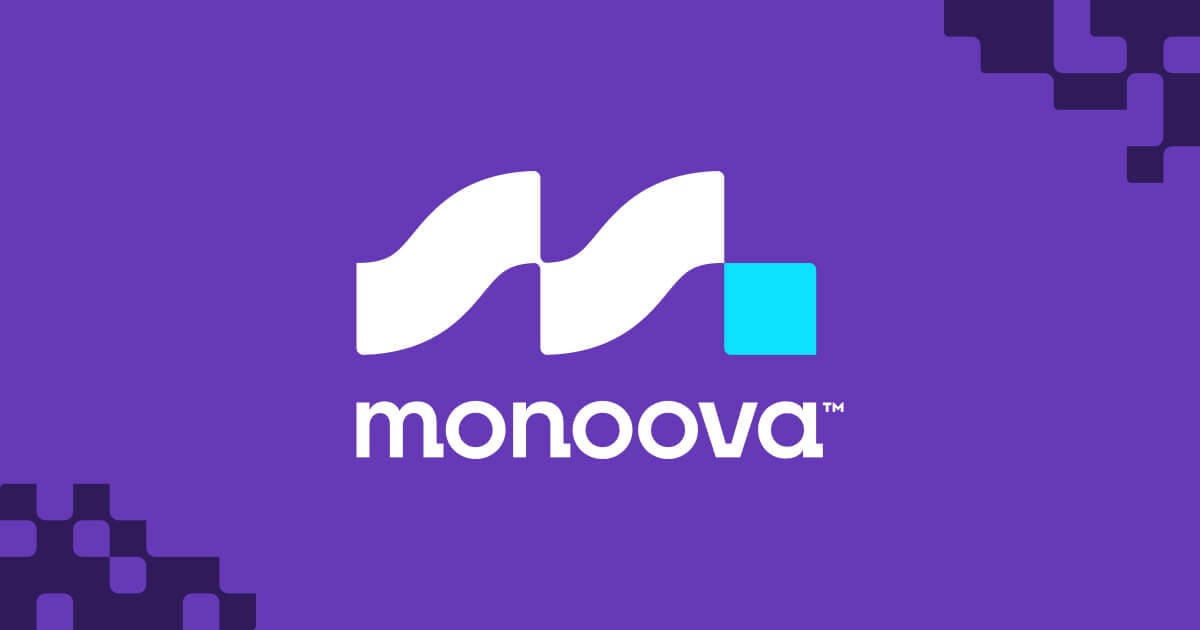Investor relations (IR) and public relations (PR) are two essential communication functions within a company. While the overlap between these roles might seem obvious, understanding the nuances of their relationship and collaboration can significantly impact a company’s valuation, sales, and overall image.
Strong coordination between IR and PR teams can drive brand awareness, product value, and key business differentiators for investors and customers.

Importance of Collaboration Between Investor Relations and Public Relations
In an ideal scenario, IR and PR teams work together seamlessly. However, the quarterly reporting process often proceeds independently from an annual PR plan. As timelines accelerate or resources diminish, IR and PR teams typically focus on their deliverables without considering mutual support.
There are increasing opportunities to “get the message out” beyond the standard conference call and media release. Regular dialogue between IR and PR can clarify a company’s message, increase visibility, and increase sales and stronger partnerships, particularly for small-cap companies.
Leveraging Coverage and Placements
A successful PR initiative goes beyond issuing press releases; it yields placements and articles in trade publications, newsletters, and social media platforms like LinkedIn. These pieces are traditionally used for marketing and sales introductions but also present excellent opportunities to introduce your company to potential investors or re-engage with current ones.
Consider sending links to these pieces to your investor target list and shareholders as an “FYI.” Posting links on your website’s News section and directing investors there in quick emails and conversations can provide fresh perspectives on your business throughout the quarter.
Tracking Trends
Investor relations teams are often on the frontline, responding to investor and analyst inquiries about the company and industry trends. Collaborating with the PR team can help IR staff be better prepared to comment on developments that could impact the business.
An open dialogue with the PR team about their field observations can help leverage information on the latest industry trends, better positioning the management team as thought leaders in the sector. Communicating with the PR team can help IR staff be better prepared for investor demands regarding new trends or perceived weaknesses in product offerings.
Sharing Timelines
IR is driven by the quarterly reporting cycle, while PR maintains a timeline likely driven by an annual plan and product launch dates. In some cases, announcements can be shifted to align with conference calls, providing opportunities for the CEO to highlight PR-driven events.
Each team can benefit from knowing the other’s key dates to ensure content development is available for multiple purposes. Sharing timelines also leverages potential marketing-related travel for IR purposes, such as using industry tradeshows to meet with analysts or investors.
Effective Integration of Public Relations and Investor Relations
- Mutual Understanding: Before making any plans or sending communications, it’s crucial for IR and PR professionals to understand each other’s functions and how they differ. This mutual understanding helps in coordinating efforts and creating a cohesive message.
- Syncing Calendars: To avoid a disjointed public image, IR and PR should sync their calendars, ensuring regular contact and coordination.
- Consistent Storytelling: Integrating messages sent out by IR and PR ensures consistency. PR professionals need to know how to respond to media queries related to IR announcements, and both departments should collaborate to maintain a unified front.
- Group Decision-Making: Important decisions should involve input from both IR and PR. This collaborative approach helps in handling media interactions, social media crises, and other public-facing communications effectively.
Building Strong Relationships with Analysts and Media
Effective communication is the cornerstone of a strong investor relations plan. Building relationships with analysts and media can boost your business by attracting new investors and maintaining credibility.
Analysts use their financial expertise to help investors identify opportunities, while media can provide valuable insights into value, market share, and industry success.
Benefits of Strong Analyst and Media Relationships
- Increased Visibility and Exposure: Media coverage exposes your brand to a large, targeted audience, enhancing reputation through testimonials. For instance, when we managed the PR and Investor Relations for DigitalX, the world’s only ASX-listed digital assets fund manager, our efforts ensured consistent tier-1 media coverage across Australia, Asia, and globally. This heightened their visibility but also solidified their reputation as a pioneering force in digital assets.
- Accurate and Positive Representation: Strong relationships with media ensure accurate and positive representation, allowing input into what’s being said about your company. In the case of DigitalX, we developed tailored media pitches that highlighted their unique role in the market. Engaging with top-tier journalists and media outlets, we secured prominent features and articles that portrayed DigitalX accurately and positively, thereby enhancing their market perception.
- Networking Opportunities: Contacts serve as advocates for your company, sharing your story and connecting you with key stakeholders. Our work with DigitalX included organising non-deal and deal roadshows in key financial hubs such as Australia, Singapore, Hong Kong, the USA, Europe, the UK, and the Middle East.
These meticulously planned events, coordinated with local partners and leveraging our network, attracted influential investors and stakeholders, proving invaluable for networking and business growth.
Investing in these relationships ensures your company is well-positioned for long-term growth. Knowing and trusting the analysts and media professionals in your space helps you stay ahead of industry trends and develop more effective communication strategies.
For DigitalX, this approach involved regular releases of ASX updates, informative webinars, and engaging presentations to maintain ongoing engagement with investors and stakeholders. These efforts were crucial in maintaining momentum and building trust within the investment community, effectively supporting DigitalX’s growth and visibility in the market.
Ultimately, DigitalX gained substantial recognition as the leading ASX-listed digital assets fund manager. Our successful global roadshow program attracted key investments, and our strategic advice helped secure the necessary funds for their growth and innovation. Our targeted and well-executed PR and Investor Relations strategy successfully positioned DigitalX as a leader in the digital assets fund management landscape, meeting the brief perfectly and setting them up for continued success.

Conclusion
Collaboration between IR and PR decreases uncertainty while building credibility and trust through consistent messaging. This includes identifying issues and events of interest to potential sales contacts, ultimately resulting in increased visibility and awareness in the investment community. Ensuring that both IR and PR report to the same manager can further streamline this collaboration, ensuring all corporate communications are consistent and on point.
By working together, IR and PR can solidify a united front, presenting a cohesive message that resonates with both the general and investing public, fostering stronger relationships and driving business success.










